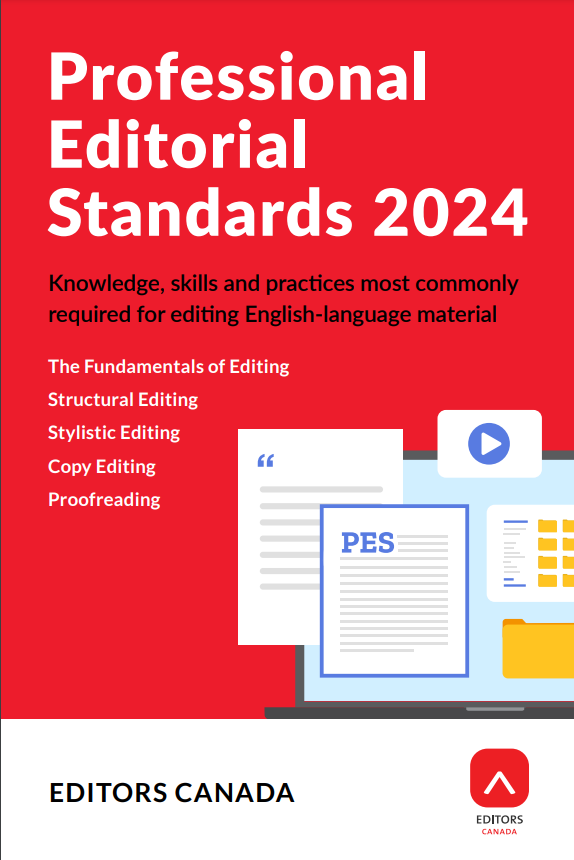One of the most common issues we run into as editors is capitalization—starting certain words with a capital letter or using capital letters for entire words.
What’s up with “that”?
 Whether writing or editing, I’m consciously aiming for a smooth experience for readers—which means avoiding potholes, bumps, and other obstacles that momentarily distract them, pulling them out of the flow of the text. (This is a useful explanation for an author who hasn’t worked with an editor before.) Apart from outright errors in grammar, spelling, and so on, there is a class of distractions that Bryan A. Garner, author of Garner’s Modern English Usage, refers to as “miscues.”
Whether writing or editing, I’m consciously aiming for a smooth experience for readers—which means avoiding potholes, bumps, and other obstacles that momentarily distract them, pulling them out of the flow of the text. (This is a useful explanation for an author who hasn’t worked with an editor before.) Apart from outright errors in grammar, spelling, and so on, there is a class of distractions that Bryan A. Garner, author of Garner’s Modern English Usage, refers to as “miscues.”
Garner defines a miscue as “an inadvertent misdirection that causes the reader to proceed momentarily with an incorrect assumption about how—in mechanics or sense—a sentence or passage will end.” He distinguishes miscues from actual ambiguities because the reader can figure out the meaning—but meanwhile that smooth reading ride has been briefly disrupted. In light of the “innumerable varieties” of miscues, he advises the editor (or self-editor) to develop a “keen empathy for the reader.” A good edit requires us to imagine how “one reader in ten might misread the sentence.”
In the new, fifth edition of Garner’s Modern English Usage, he discusses six of the most common causes of miscues, including unintended word associations, misplaced modifiers, and failure to hyphenate phrasal adjectives. It’s good to take a look at all of these, but one I find especially interesting is the last: “ill-advisedly deleted ‘that’.”
Garner attributes this miscue to the “widespread but largely unfounded prejudice against ‘that’,” and as an editor I am seeing this increasingly often. While it’s fine to drop “that” after the verbs “say” and “think” (as in, “She thinks that the sentence is unclear”), he warns against dropping it after countless other verbs, including “acknowledge,” “believe,” “claim,” “decide,” “demand,” “doubt,” “state,” and “suggest.”
Take, for example, this little sentence: “The jury believed the man was lying.” Without “that” after “believed,” readers will briefly understand that the jury “believed the man”—and understand that what the jury actually believed was that the man was lying only when they get to the end of the sentence. Note, however, that when a pronoun is used rather than a noun, the momentary ambiguity doesn’t arise: “The jury believed he was lying.”
Something to ponder during the long, lazy days of summer: What bumps, potholes, and other miscues lurk among your pet editorial peeves?



